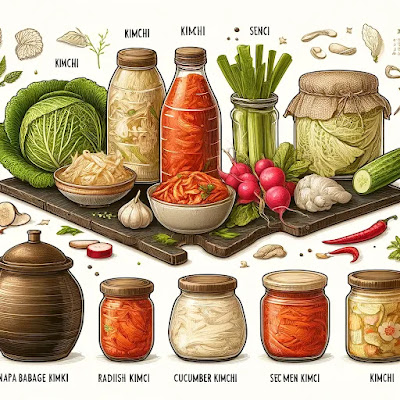가슴 울렁거림과 불규칙 심장 박동의 진실

가슴이 울렁거리거나 심장이 불규칙하게 뛰는 경험은 많은 분들이 한 번쯤은 해보셨을 것입니다. 이러한 증상은 일상적인 스트레스나 피로, 카페인 섭취 등 여러 가지 원인으로 발생할 수 있습니다. 그러나 이러한 증상이 자주 반복되거나 심각해질 경우, 이는 심장 건강에 대한 경고 신호일 수 있습니다. 이번 글에서는 가슴이 울렁거리는 이유와 불규칙한 심장 박동의 의미를 자세히 살펴보고, 이를 예방하고 관리하기 위한 방법에 대해 알아보도록 하겠습니다. 가슴 울렁거림 심계항진의 이해 가슴이 울렁거리는 현상은 일반적으로 '심계항진'이라고 하며, 이는 심장이 빠르게 뛰거나 강하게 두드리는 느낌을 말합니다. 이러한 증상은 여러 가지 원인에 의해 발생할 수 있으며, 그 중 일부는 생활습관과 관련이 깊습니다. 예를 들어, 스트레스, 불안, 카페인 과다 섭취 등이 이러한 증상을 유발할 수 있습니다. 그러나 이러한 증상이 지속되거나 빈발하게 나타날 경우, 이는 심장 건강에 대한 경고 신호일 수 있습니다. 가슴 울렁거림은 심장이 비정상적으로 또는 불규칙하게 뛰는 것을 포함하여, 심장 박동이 일반적인 리듬을 잃는 증상입니다. 이 증상은 심장 질환이 있는 경우 더욱 주의 깊게 관찰해야 하며, 특히 가족력이 있는 경우 더욱 신경 써야 합니다. 원인 설명 스트레스 및 불안 심리적 요인으로 인한 호르몬 변화가 심장 박동에 영향을 미침. 카페인 섭취 커피, 에너지 음료 등 카페인 함유 음료가 심장 박동을 빠르게 함. 운동 격렬한 운동 후 심박수가 증가하며 울렁거림을 느낄 수 있음. 심장 질환 부정맥, 심장판막 질환 등 심장 관련 질환이 원인일 수 있음. 갑상선 문제 갑상선 기능 항진증 등이 심박수에 영향을 줄 수 있음. 다른 내용도 보러가기 #1 불규칙한 심장 박동 부정맥의 이해 불규칙한 심장 박동, 즉 부정맥은 심장이 규칙적으로 뛰지 않거나 비정상적으로 빠르거나 느리게 뛰는 상태를 의미합니다. 부정맥은 심장의 전기...
.webp)
.webp)

